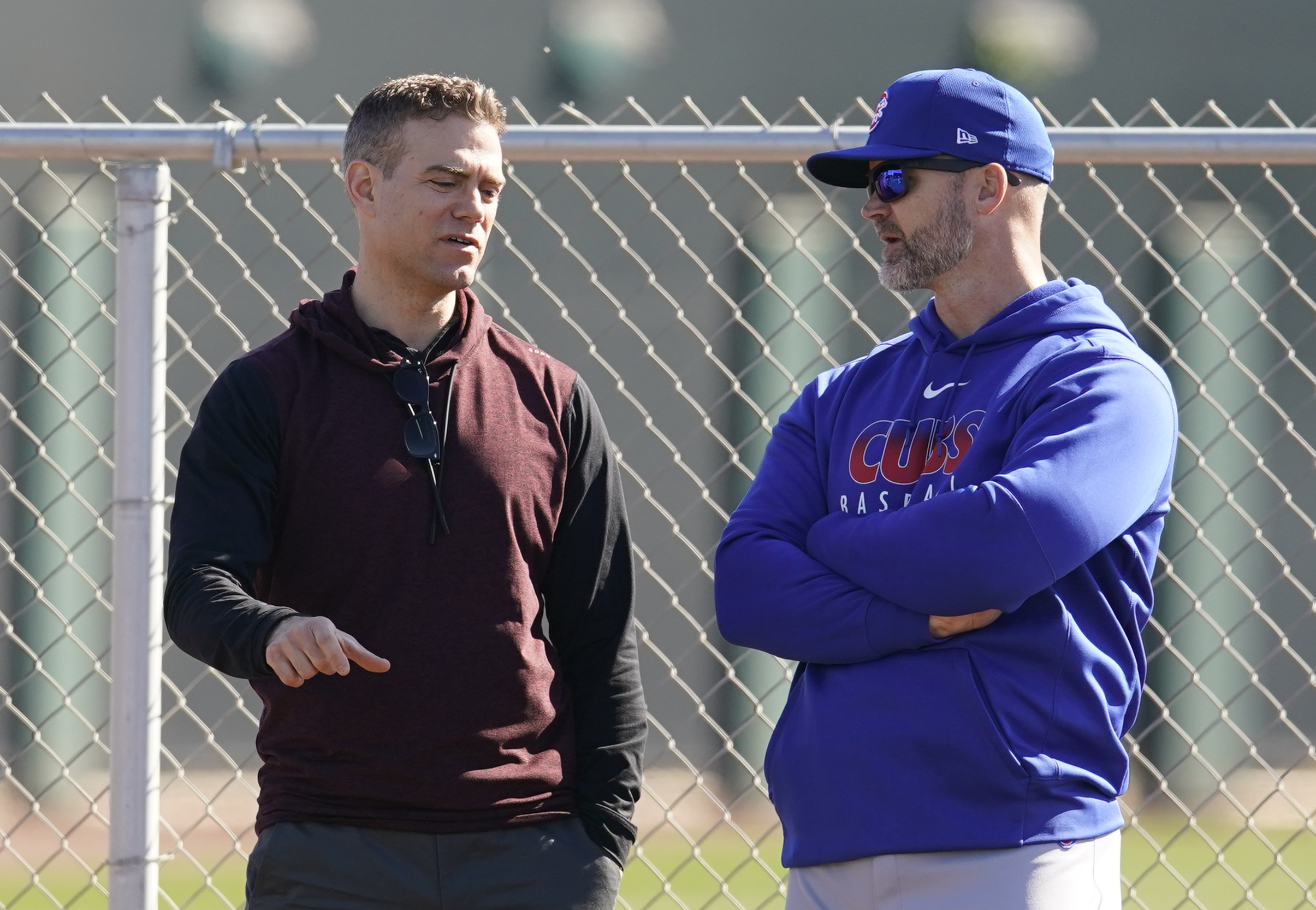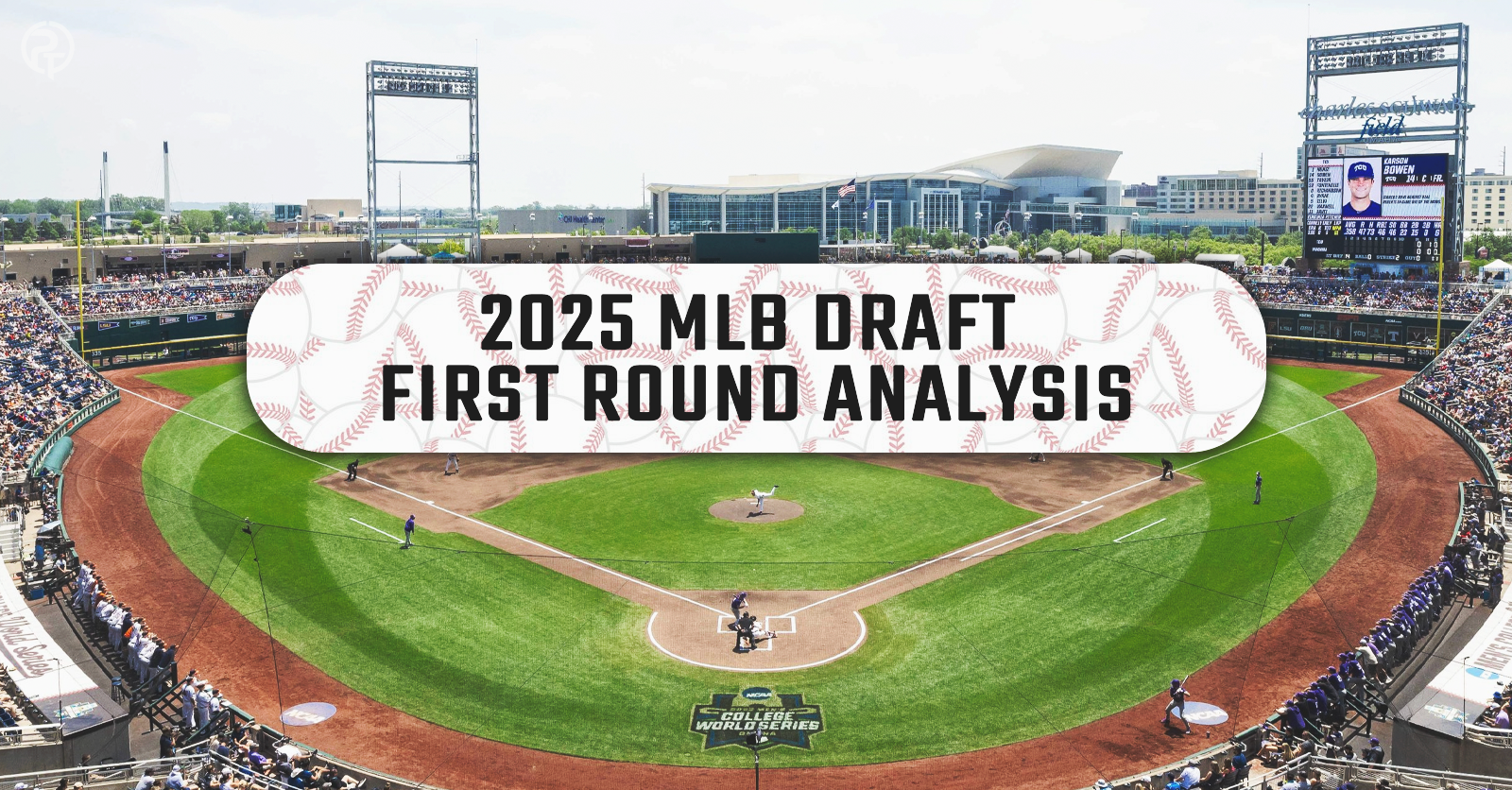Last week, Major League Baseball outlined unprecedented changes to the 2020 MLB Draft next month. The June 10 draft will only feature five rounds of selections compared to the previously scheduled 40 rounds of picks. After the fifth round concludes, every MLB team can sign eligible undrafted players as free agents for up to a $20,000 signing bonus.
The impact this will have on clubs remains to be seen but can be viewed as an opportunistic outcome for clubs that may have players that would like to play for their favorite or hometown organizations. In many ways, this new free agent pool of talent will allow MLB clubs to pitch their organization and convince potential college talent or players eligible to return for additional college seasons to sign with their club this summer. If this sounds familiar to you it’s probably because it’s very similar to the college recruiting process with up to $20,000 attached to it.
The NCAA announced in March that they would provide an additional year of eligibility to fourth-year college athletes that saw their spring sports canceled due to the COVID-19 virus. However, many of these seniors could now see the opportunity of playing for the club of their choice this offseason if they are not among the top five rounds of selections. If they go back to play another season of college baseball, they will not have the option to choose the team that will control their professional career.
Some notable selections that were drafted and signed in the sixth round or later since 2009 include Paul Goldschmidt (eighth), Jacob deGrom (ninth), Whit Merrifield (ninth), Dallas Keuchel (seventh), J.D. Martinez (20th), Robby Ray (12th), Josh Hader (19th), and Jeff McNeil (12th) in addition to dozens of everyday MLB starters. Future Hall of Famers Roy Halladay (17th), Trevor Hoffman (11th), Mike Piazza (62nd), John Smoltz (22nd), Jim Thome (13th) and Albert Pujols (13th) were all selected after the fifth round.
The impact this could have for certain organizations could impact them significantly in the latter half of this decade. The reason the draft was established in 1965 was to keep clubs like the New York Yankees, Los Angeles Dodgers, and St. Louis Cardinals from landing the majority of baseball’s unsigned talent. That’s why those three clubs (in addition to the New York Mets) were the only four clubs that voted against bringing the draft into existence in 1965.
The change to this year’s draft could also give the Houston Astros the additional benefit of targeting young talent in the baseball hot bed of Texas to make up for the early picks they lost due to their infamous sign-stealing scandal.
The Astros and other clubs will now look to capitalize on the strength of their organization, advancement trends, and development systems to win over high-ceiling talent as free agents.
While the outcome of this June’s draft will take time to judge fairly, there will certainly be clubs that benefit from the opportunity to recruit talent that would otherwise be property of other clubs as draft selections.





